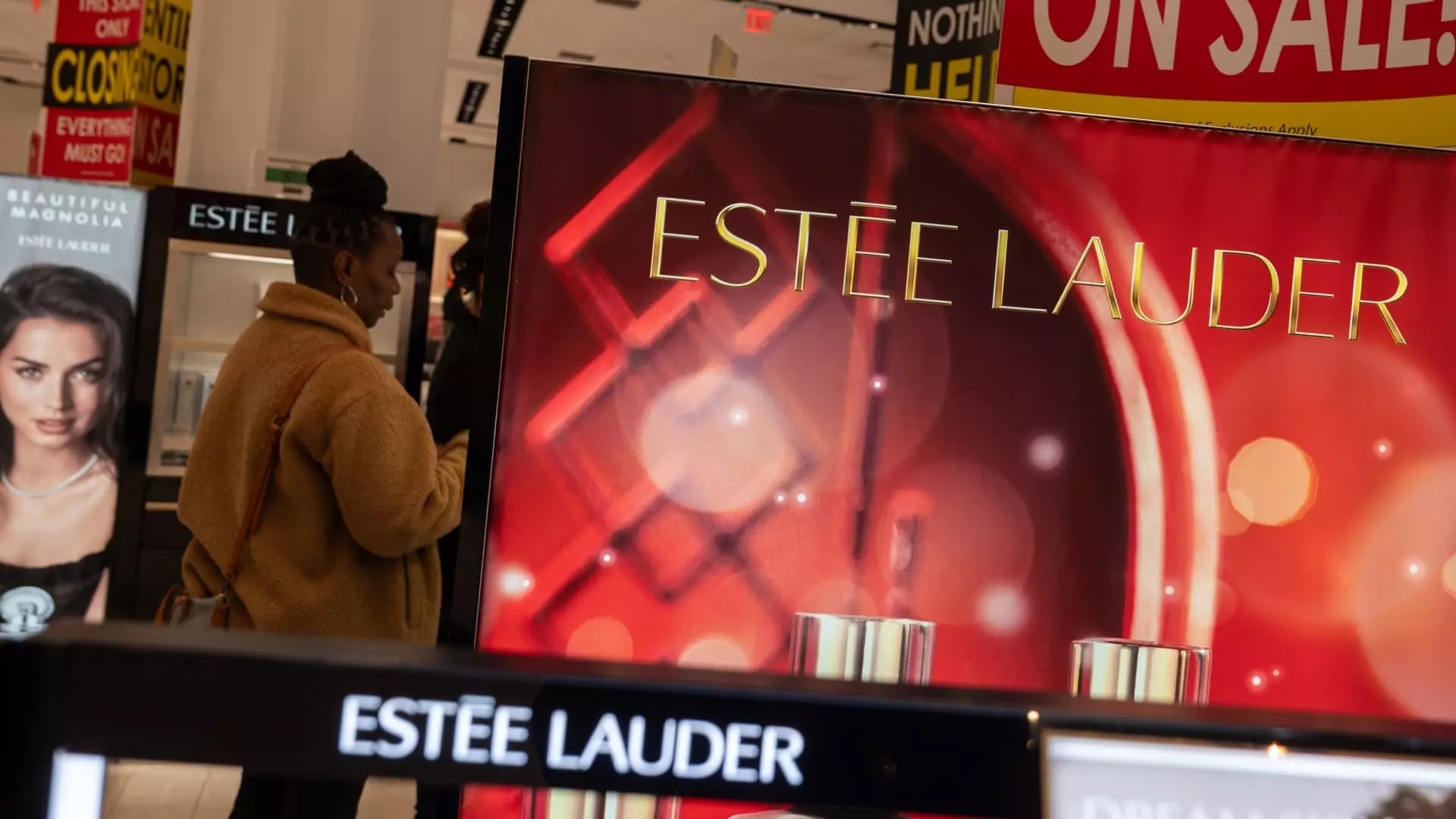The beauty industry recently encountered significant turbulence in the stock market, as major players like E.l.f. Beauty and Estee Lauder reported lackluster earnings. This unsettling trend marked a jarring week for beauty stocks, with E.l.f. experiencing its most drastic decline since August 2018, plummeting almost 29% within just five days. Despite E.l.f. achieving a revenue beat for its fiscal third quarter, it fell short on adjusted earnings per share and lowered its full-year sales guidance, reflecting a corporate landscape that is failing to meet investor expectations. The revised guidance of $1.3 billion to $1.31 billion, down from an earlier projection of $1.32 billion to $1.34 billion, triggered a swift reaction from analysts. Firms like Morgan Stanley, D.A. Davidson, and UBS responded by downgrading the stock to a neutral or equal weight classification, signaling a lack of enthusiasm for future growth potential.
CEO Tarang Amin’s insights during a CNBC interview highlighted broader market issues, as he observed a 5% decline in the cosmetics sector in January. He attributed this downturn to the aftermath of holiday discounting activities and a notable reduction in online interest in beauty products. Such trends suggest not only financial missteps within individual companies but also a collective market shift. The beauty industry must navigate increasingly competitive landscapes where consumer preferences fluctuate rapidly. Factors influencing purchasing behavior seem to be in direct correlation with economic conditions, thereby imposing additional challenges that have severe implications for profitability.
The woes weren’t limited to E.l.f.; Estee Lauder also faced a dramatic 22% decline in its stock valuation, its worst performance since November. Job cuts affecting between 5,800 and 7,000 employees by the end of fiscal 2026 highlights not just a reactionary measure to current financial pressures, but a broader admission of lost agility within the company. CEO Stéphane de La Faverie, taking the reins this year, expressed that the company failed to capitalize on more robust growth opportunities available in the marketplace. His comments underscore an urgent need for a strategic reevaluation of what drives growth and profitability in today’s evolving retail environment.
Moreover, Ulta Beauty and Coty also witnessed significant downward pressure on their stocks, falling 9% and nearly 8%, respectively. The magnitude of these declines suggests that investors are not only reacting to the earnings reports but are also concerned about the overall health of the beauty sector. During E.l.f. Beauty’s earnings call, Amin noted a slight softness at Ulta, which raises concerns about consumer engagement at one of the industry’s major retail channels.
Adding to these industry woes are geopolitical tensions, particularly the imposition of tariffs that threaten profit margins. As China declared tariffs on selected U.S. imports, largely in response to recent U.S. tariff actions, companies that rely heavily on Chinese manufacturing, like E.l.f., find themselves precariously positioned. Amin expressed some relief regarding the tariffs being capped at 10%, especially when proposals exceeded 60%. However, this situation places companies in a precarious position, where strategic adjustments must be made to sustain profit margins without alienating consumers.
The beauty sector is grappling with a confluence of disappointing earnings, shifting consumer sentiments, and external pressures from tariffs. How these companies adapt to these challenges will determine their trajectory in a highly competitive landscape.

